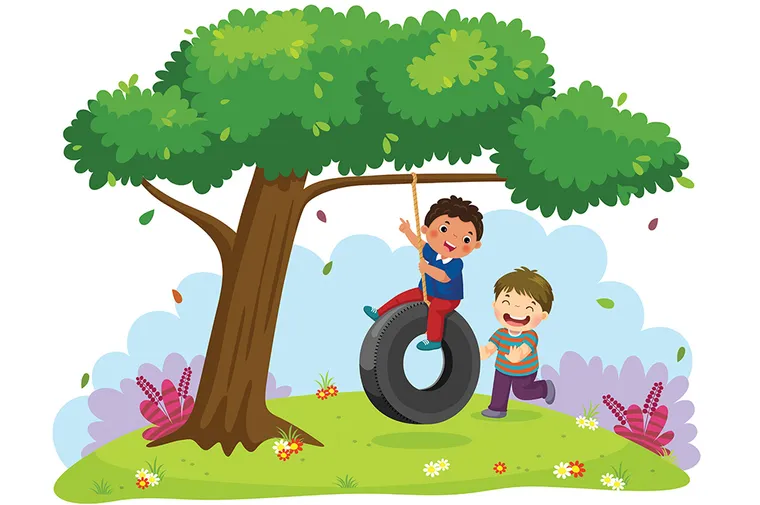What is a playground’s role in connecting kids to nature?
In 1930s Denmark, landscape architect Carl Theodor Sørensen had an epiphany. Playgrounds in urban settings, with their uniform, predictable structures, did nothing to inspire children’s imaginations. On the other hand, children in the countryside, provided with just tree branches, tires, and other loose-scrap material, could immerse themselves in creative play, inventing whole new worlds with natural resources. City kids didn’t have that opportunity.

